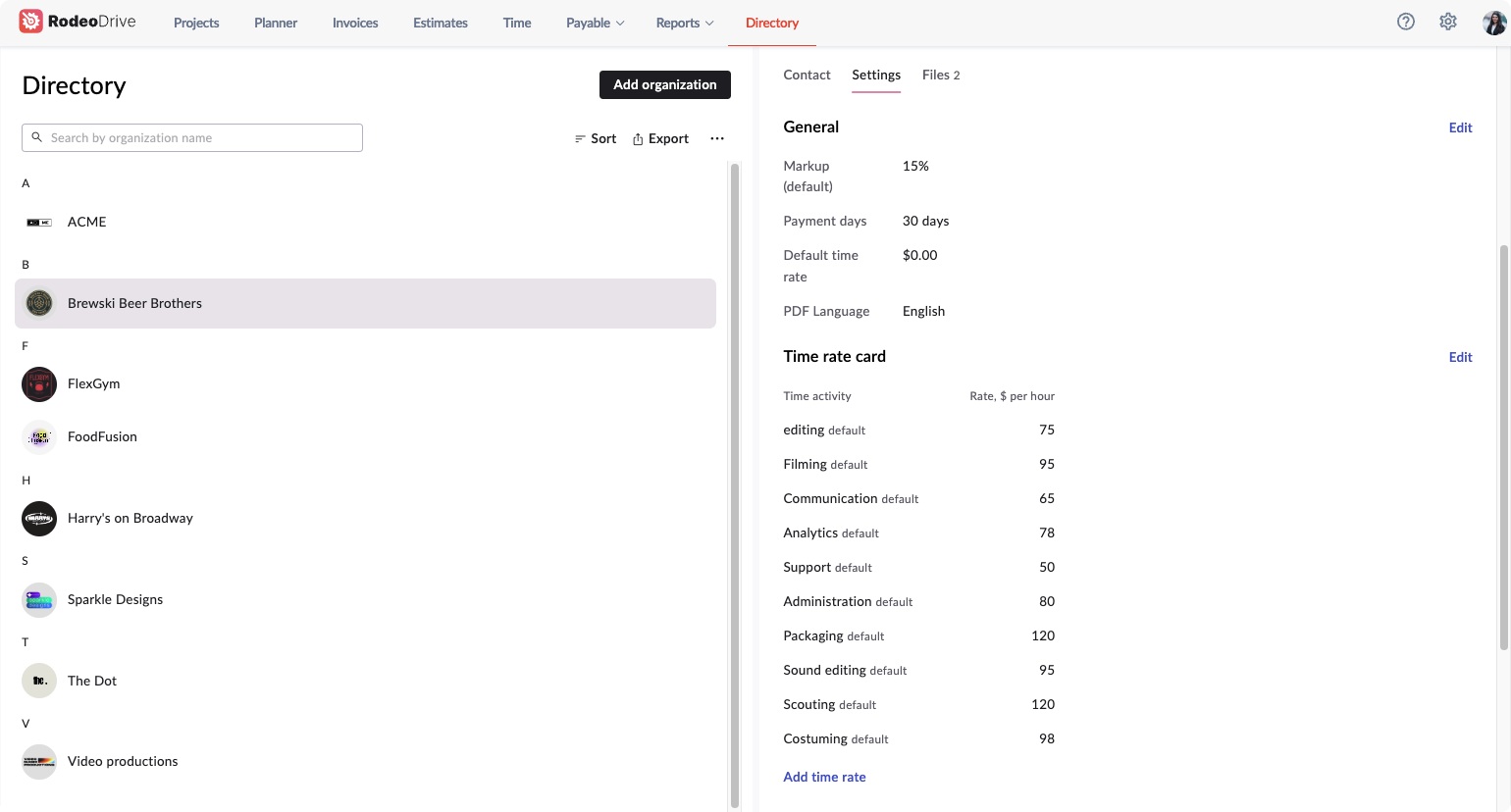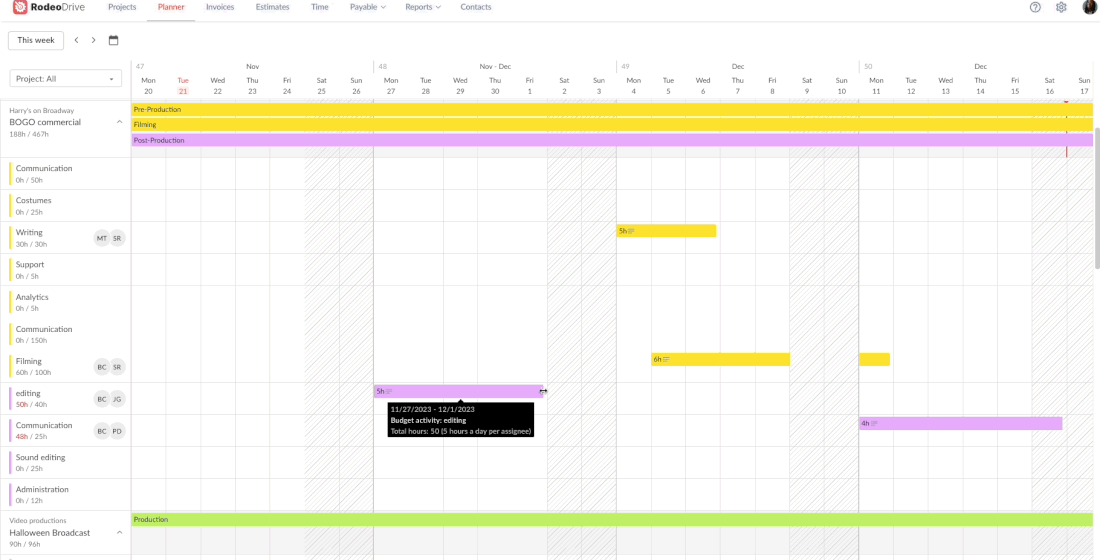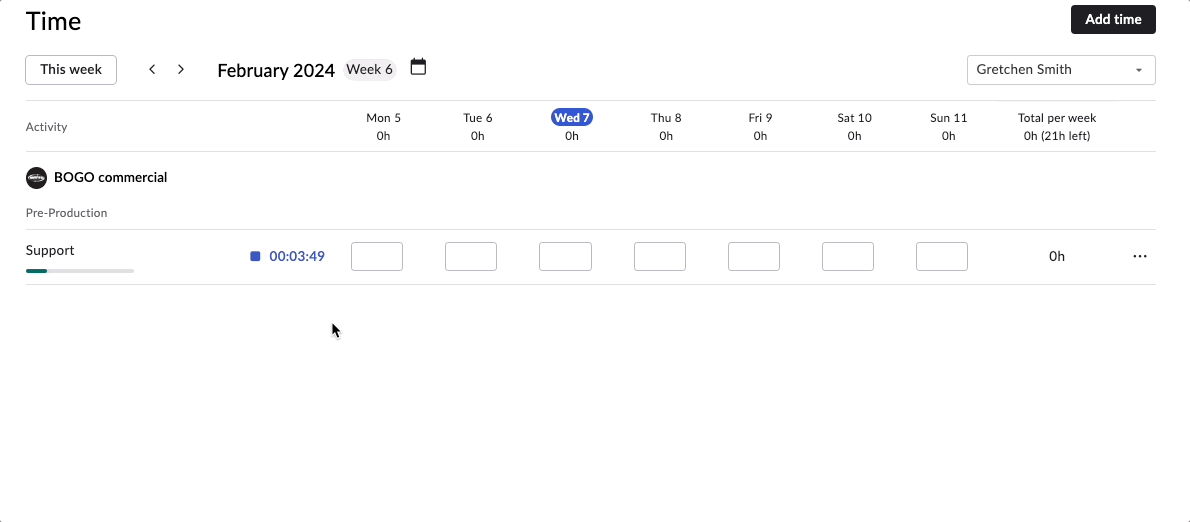Which Project Management Team Roles Are Key for Success?
It’s impossible to overstate the importance of teamwork in project management. Without the right team, it’ll be difficult to get the work done.
If you’re new to project management, you might be feeling a little bit lost in terms of the various roles that make up a successful project team. After all, who can even really keep track of the difference between a project manager, project director, and project administrator?
Luckily, we’re here to help. In this blog, we’ll introduce you to a dozen different project team member roles that will help you deliver outstanding outcomes that will leave clients satisfied.
What’s a project team?
A project team is a group of people — each with their own role, skillset, and experiences — that contribute to the fulfillment of a project’s goals and objectives.
Everyone on a project team does not need to have the same level of experience and expertise to be successful. Instead, cross-functional collaboration can carry your team to the finish line by using everyone’s unique and complementary skills to your advantage.
12 key roles to add to your project team
You might’ve heard the saying that too many cooks in the kitchen spoil the broth. In other words, too many people working on the same thing can often be counterproductive.
The same goes for project management. Below, you’ll find 12 common project management roles that many teams use, but most projects will not require all of these roles. You’ll notice that many have overlapping responsibilities, which means you’ll have a good amount of leeway in deciding which positions to add to your team.
Overall, you’ll want to pick and choose the roles that make the most sense based on your organization’s size, project scope, and team’s needs. Let’s take a look at your options:
1. Project manager
The project manager is the glue that holds projects together. They’re in charge of planning the project, building its timeline, assembling a team, and seeing their plan through to completion.
Project managers are responsible for the day-to-day execution of project work, meaning they need to keep tabs on what everyone’s working on to ensure that the project is progressing on time. Ultimately, their goal is to deliver the project outcomes on time and within budget.
Additionally, project managers are often the ones who provide updates to the client and other project stakeholders, especially on smaller teams.
That said, the nature of this role might depend on the project management methodology your team is following. Teams following Scrum will have some project management duties filled by the Scrum master, for example.
Related: A Comprehensive Guide on How to Become a Project Manager
Responsibilities
- Creating a project plan that outlines the scope, timeline, and resource requirements.
- Leading team meetings and communicating with stakeholders via email.
- Checking that the work produced for the project is up to the client’s expectations.
- Tracking performance data to determine whether the project is on track.
2. Program manager
Whereas project managers oversee individual projects, program managers oversee organizations’ strategic initiatives, which are often composed of several different projects that contribute to one overall objective.
Because of this, project managers often report to program managers, who ensure that projects are on track to contribute to these larger business initiatives.
The program manager role might be more common among internal project teams rather than at agencies, which often take on one-off client projects rather than long-term strategic programs.
Responsibilities
- Identifying strategic initiatives that your organization needs for success.
- Combining the objectives of several different projects into one unified strategy.
- Regularly monitoring program progress to determine success.
3. Project stakeholders
Your project stakeholders include anyone with an influence and interest in the project. This might include individuals who are funding the project, for instance. In general, a project’s success is dependent on how satisfied these stakeholders are with the results.
Project stakeholders can be internal or external. An internal stakeholder might include someone from your agency’s executive team who wants to ensure that the project runs smoothly so that clients are satisfied. An external stakeholder might be a high-ranking member of the client’s team.
Responsibilities
Because project stakeholders themselves aren’t working on the project, their responsibilities vary a lot depending on the circumstances of the project. Typical responsibilities might include:
- Providing feedback on project progress.
- Offering expertise on resource allocation, as stakeholders may have more leeway to offer extra resources when the team experiences constraints.
4. Project sponsor
The project sponsor is responsible for overseeing the project’s operations at a high level. They work in-house with the rest of the project team, working closely with the project manager to ensure that the team has everything they need for success.
This person drives the project vision, and as a result, will be held responsible for the project’s performance by higher management. They’re also the ones responsible for approving major resource allocation decisions, such as changes to the budget.
If your team doesn’t have someone working in the project sponsor role, then these responsibilities will more than likely fall on the project manager’s plate instead.
Responsibilities
- Determining and approving changes to the project’s budget and timeline.
- Resolving conflicts that have escalated beyond the project manager.
- Earning project buy-in with executive leadership, if necessary.
- Eliminating organizational obstacles that are hindering the team’s progress.

5. Business analyst
The primary responsibility of the business analyst role is to ensure that the project team has the information and tools needed for success.
However, this role might also vary depending on the project. Sometimes the business analyst will be responsible for assisting with the development of project objectives that target issues that an organization is experiencing, for instance.
Responsibilities
- Analyzing data to generate insights that support data-driven decision-making during the project.
- Participating in testing and validation efforts to ensure that deliverables meet the project requirements and quality standards.
- Assisting with feasibility studies to determine whether the benefits and potential risks of a project make it worth taking on.
6. Subject matter expert
The subject matter expert role should be filled by someone with advanced knowledge in an industry, practice, or process that the project involves. This individual can answer technical questions that the project team may be unfamiliar with and help the project manager make decisions that the client will be satisfied with.
Responsibilities
- Ensures that project goals are aligned with industry standards and best practices.
- Offers guidance on trends and reports relevant to the project.
- Answers technical questions on the project topic and often helps guide the project manager in their decision-making.
7. Project administrator
The project administrator adopts a supportive role in helping team members — such as the project manager or business analyst — with completing their administrative tasks. With someone in this role, the project manager can spend more time managing the team and less time keeping track of documents and vendors, for example.
Because the project administrator position is a supportive role, it’s usually found in larger organizations with a larger portfolio of projects that the administrator can help out with.
Responsibilities
- Compiling reports containing project performance data.
- Keeping track of various project documents.
- Managing vendor relationships and keeping their contact information organized.

Pro tip: Software tools like Rodeo Drive can make vendor and client contact management a breeze. With Rodeo Drive’s contact feature, important email addresses, rate cards, or markup rates will be centralized for easy access.
8. Project director
While the project manager oversees a project team’s day-to-day work, a project director usually oversees several projects at once and leads the resource management decision-making.
Think of the project director as the middleman between the project manager and the program director. Their job is still project-focused, but the scope of their responsibilities is much wider than a typical project manager.
The project director might have more of a hand in managing external parties that are contributing to project activities, such as contractors and subcontractors. Depending on organizational dynamics, they might also serve as the stakeholder liaison.
Responsibilities
- Ensuring that all of the projects they oversee are properly progressing.
- Communicating progress and roadblocks with stakeholders.
9. Project owner
The project owner is the one who proposed the idea for the project and advocated for the project initiation. However, the project owner only really plays a role at the beginning of the project, as the project manager takes over when it comes to execution and implementation.
That said, the project owner might work with the project manager throughout the project to ensure that the team is performing in line with the project owner’s vision.
Responsibilities
- Pitching a new project idea that will have a meaningful impact on the organization.
- Developing the initial project vision that the project team will act on.
- Helping secure funding from project sponsors so that the project can come to life.
- Identifying the business case for each new project idea.
10. Project team member
The project team members are the ones who actually execute the tasks and activities that move the project along toward completion. Every project team member will have their own skills and experiences that they bring to the team, allowing each individual to contribute to project outcomes.
Responsibilities
- Meeting deadlines for daily project tasks.
- Tracking their time spent on project activities so that the project manager can keep a proper record of billable hours.
- Supporting other team members on their work as needed.

11. Change control board members
If changes to the project scope, schedule, or budget are necessary at any point, you’ll need to have the right review and approval processes in place to decide whether these changes are necessary.
Having a change control board is a great way to manage these changes. This type of board is typically comprised of people from the project team who meet regularly to examine change requests and decide on their viability. Depending on the project’s size and scope, the change control board might include industry experts or sponsors in addition to the project manager.
Because the change control board’s only purpose is to discuss and decide on project changes, this is usually the board members’ second role on the project team.
Responsibilities
- Reviewing change requests made by various project team members.
- Issuing final decisions on whether these requested changes can be implemented.
12. Steering committee members
A steering committee is a board that governs and oversees the project. This committee is sometimes referred to as a stakeholder board, senior leadership team, or project oversight committee.
The steering committee should be made up of senior-level stakeholders who have the necessary experience to provide strategic support to the project team. The committee’s overall objective is to ensure that the project team has the necessary support to achieve its goals.
Responsibilities
- Finalizing project KPIs that will be used to measure the team’s performance.
- Selecting the project manager that’s right for leading the team.
- Advising the project manager and other team members on resource utilization and other needs that impact project success.
Align team roles and project activities with Rodeo Drive
With each team member juggling their own list of responsibilities, how can you keep track of what everyone’s working on? The answer is with a project management tool like Rodeo Drive.
Rodeo Drive is an all-in-one software solution that offers features like budgeting, time tracking, activity planning, and reporting, all in one place. This way, you’ll have a complete view of progress and your budget spending without having to switch between apps.
Let’s take a look at some of the features that give project management teams the advantage when using Rodeo Drive:
Effortlessly assign project activities to team members
Rodeo Drive’s planner feature makes assigning new project activities to your team members simple. With a timeline-view structure, you can check what’s on each team member’s plate before assigning them something new to work on.

But, we know that things don’t always go according to plan. If something pops up unexpectedly, you can simply drag and drop each project activity to a new date on the timeline.
Keep tabs on your team’s billable hours via time tracking
For teams that charge clients based on the number of billable hours recorded, time tracking is an absolute must-have feature.
That’s why Rodeo Drive allows teams to record their time in two ways — either by starting a live timer when they begin working on a task or by adding a timecard after the fact.

The best part is that all recorded time within Rodeo Drive will be automatically reflected in your budget. This means you’ll have a real-time look at how your team’s planned spending compares to your actual spending based on the value of your team’s time activities as well as the expenses incurred.
Access reports for at-a-glance insights into team progress
With each team member playing a different role on the project team, keeping tabs on the project’s overall progress can be difficult.
Rodeo Drive helps mitigate this by offering automatically generated reports based on your team’s time registration, employee productivity, and the financial status of projects. This way, you can identify performance gaps that are holding your team back from success, for example.
.png)
Not to mention, all of the data based on your team’s usage of the platform can be downloaded as an Excel or CSV file at any time. This means you can easily create your own custom reports if need be.
Signing up for Rodeo Drive is entirely free with no strings attached. Why not see what our tool has to offer?








